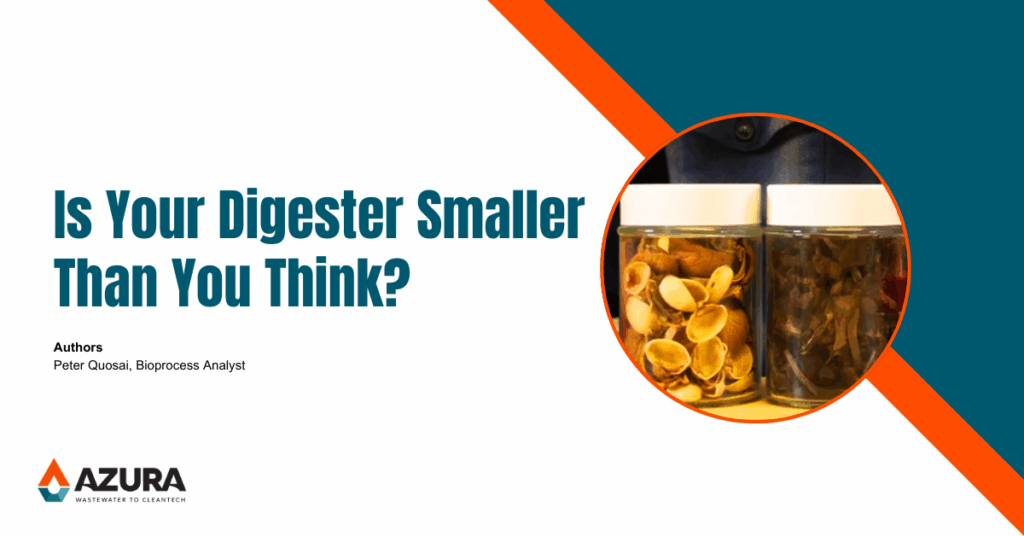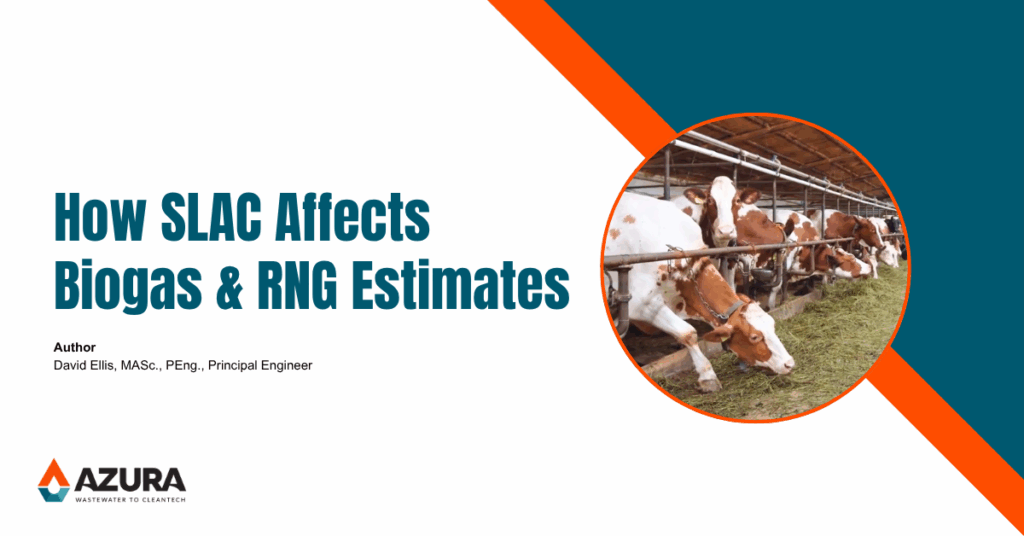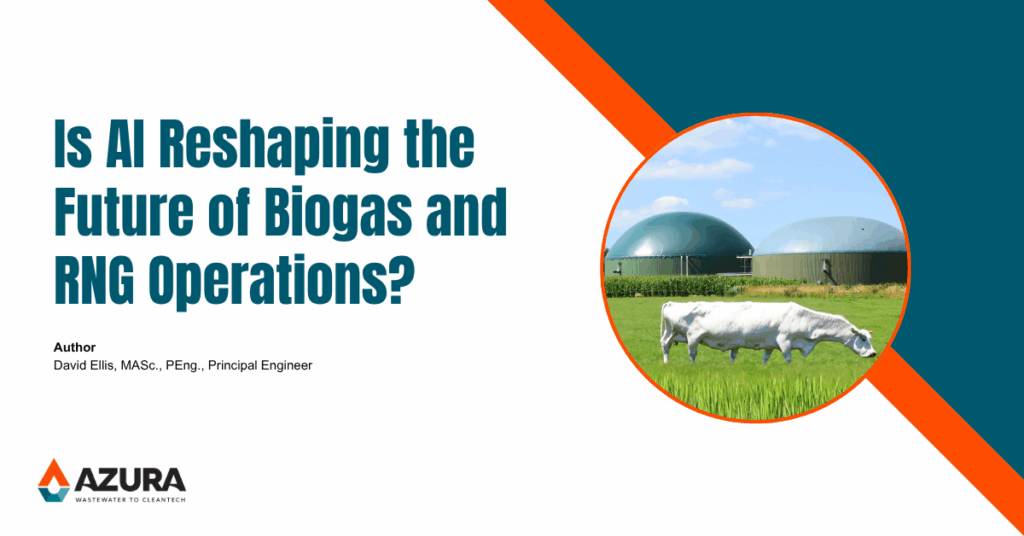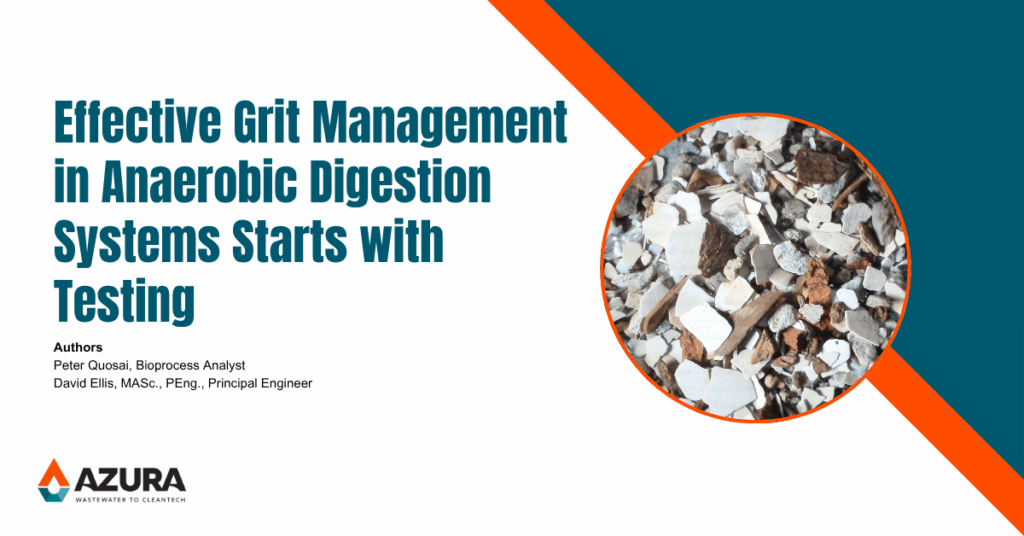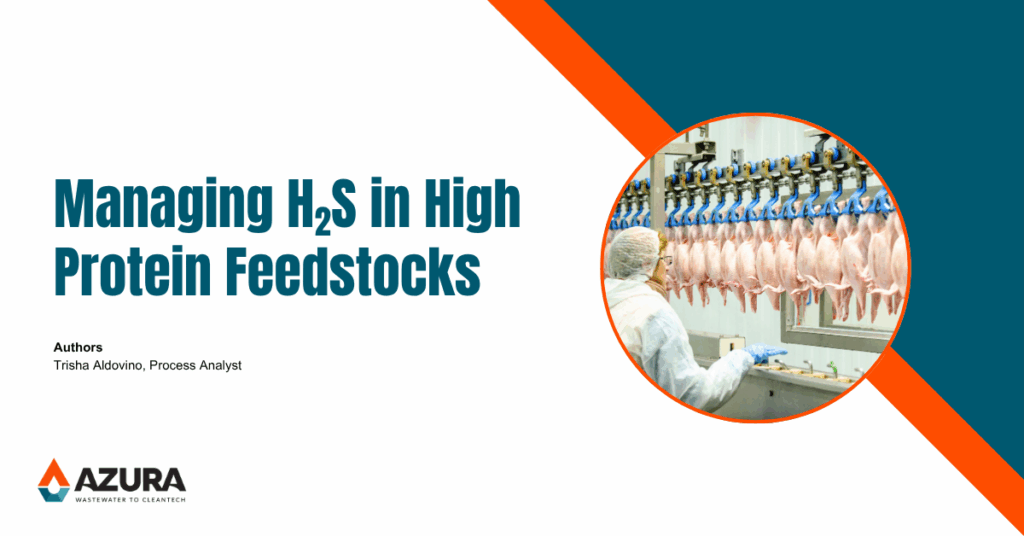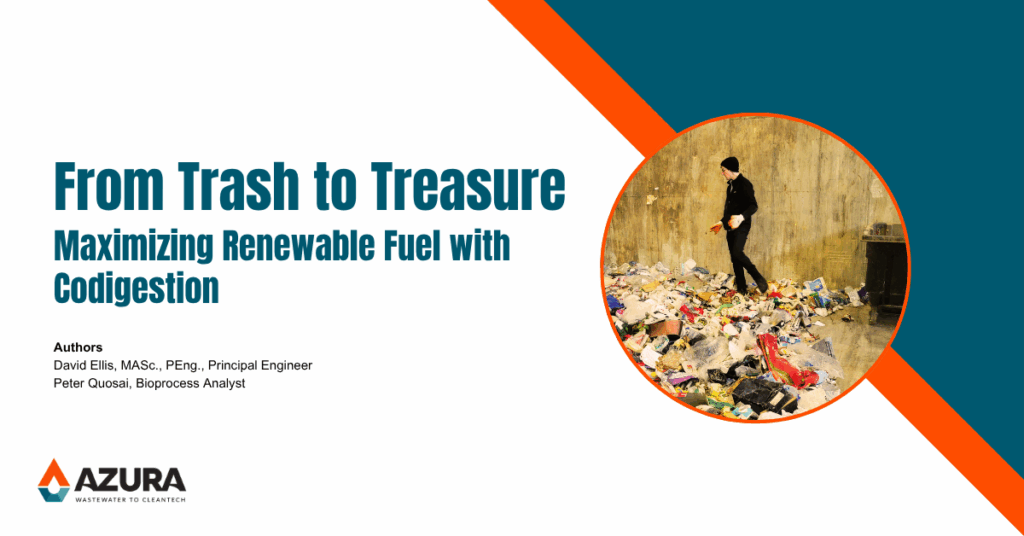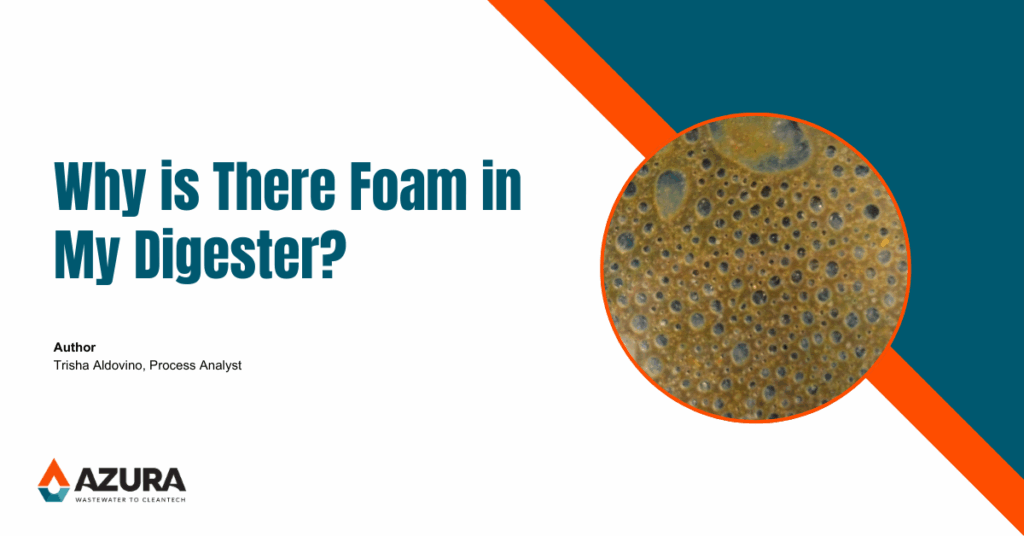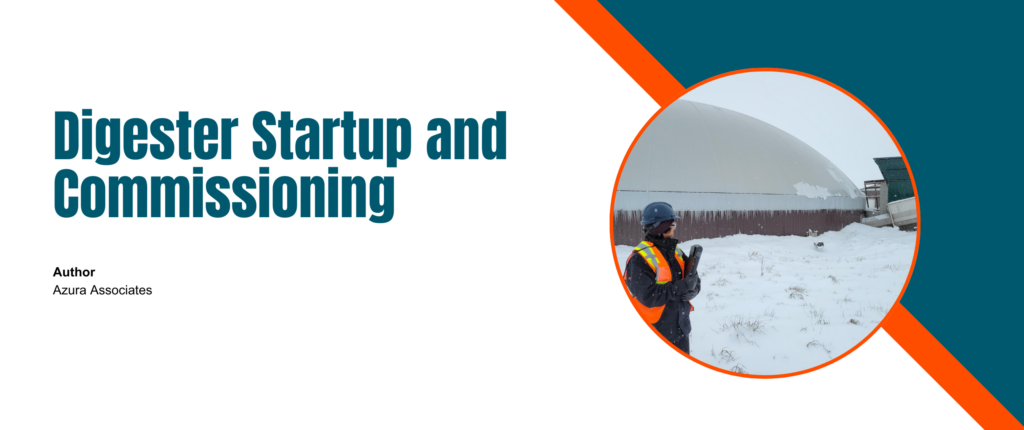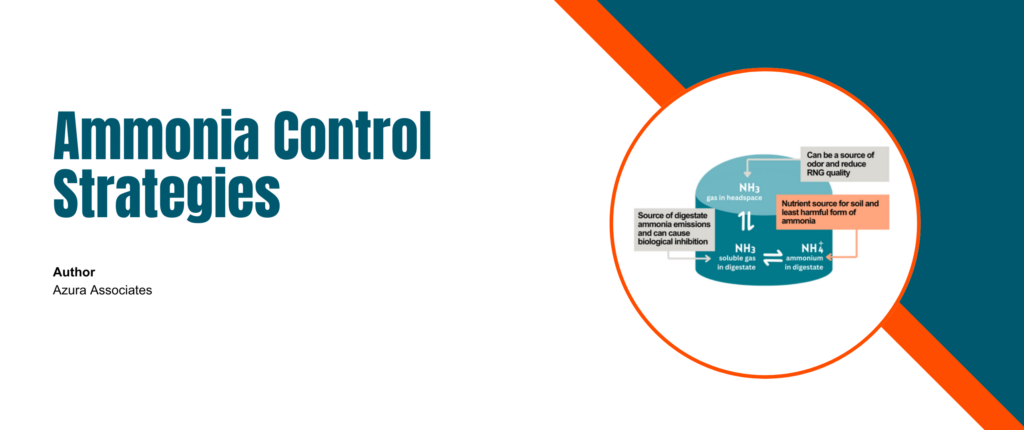Is Your Digester Smaller Than You Think?
The most expensive part of an anaerobic digester are often the corrosion resistant tanks. Since digester volume is one of the most valuable assets of a plant because that determines how much you can feed – preserving and measuring digester volume might just be one of the most valuable methods for digester optimization.

